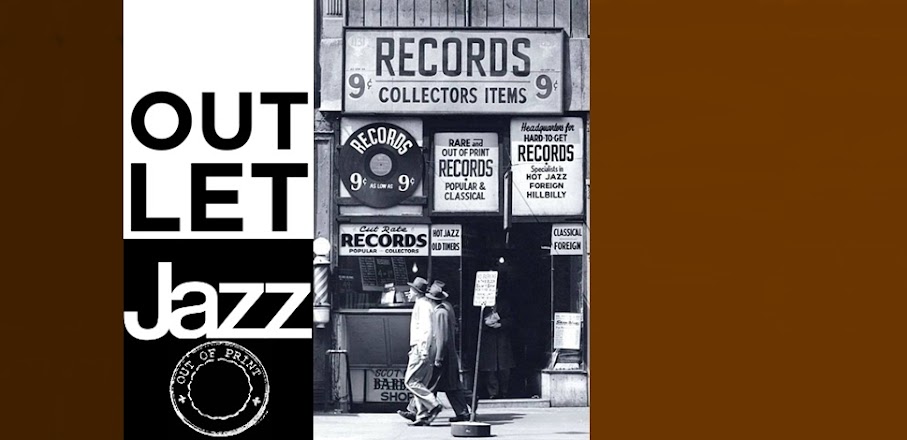John LaPorta
John LaPorta Quintet
With Louis Mucci
For some years now, I have been crying the excellences of John LaPorta as clarinetist, alto saxist, arranger and composer. And for as many years, John has been quietly justifying that enthusiasm of mine in his clarinet-playing, alto work and scoring, whether of his own lines or others. Today, therefore, when friends and acquaintances and strangers call me up or stop me in the street to tell me that they have heard "the clarinetist" who also turns out to be an alto man of irreproachable taste and skill and then identify him as John, I can just barely resist saying "told you so" and citing chapter and verse, which in my case means volume and number of Metronome. A musician of John's extraordinary qualities deserves more of a critic, however, than pride of discovery — if anybody can ever really be said to discover anybody else. What he deserves more than anything else, of a critic or any other responsible person, is the opportunity to be heard. Here, at last, in this album, John LaPorta can be heard. These words of introduction are intended only to point out a few things you might keep in mind as you listen. *Barry Ulanov (liner notes)*
This is one of the rarer events of the year. Alto-clarinetist-writer LaPorta has been heard infrequently on records as a sideman with Woody Herman (in section), Lennie Tristano, and on a couple of Metronome all-star dates. This is his first LP to himself and he emerges as a major modern jazzman, an altoist worthy of comparison with Desmond, Konitz, Donaldson, Geller, and Shank, among the younger aspirants to Bird's mantle. John also blows some impressive clarinet here, but there's not enough to gauge his stature on that instrument as surely as one can on alto. LaPorta has a beat, tone, mastery of his instrument, and above all, mature conception that makes him a constantly absorbing pleasure to listen to.
What makes this folio particularly impressive is the quality of John's writing (all six tunes are his). For the most part, these are lines that are carefully thought out and are also organically alive, unlike too many of the sketchy "originals" that proliferate on many modern jazz record dates. LaPorta is that still unusual phenomenon: a long-term student (and teacher) of theory and composition who also has the jazz listening and playing experience that enables him to use form meaningfully in a thoroughly jazz context. In this case, the forms are relatively simple but they're sound beginnings toward further extension.
John's excellent rhythm section is composed of Eddie Shaughnessy, Wally Cirillo (his solo on Fringe Area is particularly indicative of his growth as a pianist), and bassist Richard Carter. Carter is a little known bassist hidden in Staten Island who plays with great warmth, full tone, and over-all soundness of musicianship that should bring him many more record dates and steadier gigs.
On trumpet is a skilled alumnus of the early Norvo, Claude Thornhill, and Goodman bands, a brilliant lead man, Louis Mucci. Mucci, now on CBS staff, has a fine clarity of tone (listen to him on the touching requiem, The Old Man’s Touch) and impressive technique. On this LP, his function is to play the cleanly wrought lines written for him by John while the others handle the improvisation, but since Mucci has long desired to be a jazzman, it's to be hoped that on future dates, he'll acquire the confidence to blow on his own for awhile.
Except for some slight surface interference on the second and third bands, the recording quality is good. LaPorta would like eventually to package the scores of his originals with the recordings of them — a good idea that I hope Debut acts on. The first paragraph of the program notes, by the way, is a dramatically absorbing spectacle of the soul-struggle within a modest critic as he tries to restrain himself from "saying 'I told you so". He loses.
*Nat Hentoff (Down Beat, November 3, 1954 [5 stars])*
Side 1
1 - Fluid Drive
2 - Right Around Home
3 - The Old Man's Touch
Side 2
4 - This Hectic Life
5 - Quarto
6 - Fringe Area
(All compositions by John LaPorta)
John Laporta (alto sax, clarinet), Louis Mucci (trumpet),
Wally Cirillo (piano), Dick Carter (bass), Ed Shaughnessy (drums).
Recorded in New York City, March 9, 1954
















